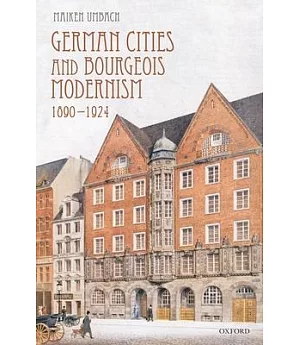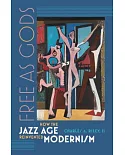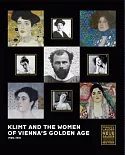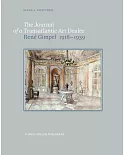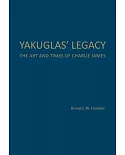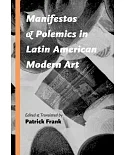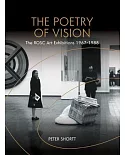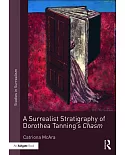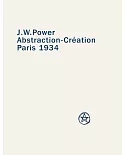This is a study of a distinctive brand of modernism that first emerged in late nineteenth-century Germany and remained influential throughout the inter-war years and beyond. Its supporters saw
themselves as a new elite, ideally placed to tackle the many challenges facing the young and rapidly industrializing German nation-state. They defined themselves as bourgeois, and acted as
self-appointed champions of a modern consciousness. Focusing on figures such as Hermann Muthesius, Fritz Schumacher, and Karl-Ernst Osthaus, and the activities of the Deutscher Werkbund and
other networks of bourgeois designers, writers, and 'experts', this book shows how bourgeois modernism shaped the infrastructure of social and political life in early twentieth-century
Germany.
Bourgeois modernism exercised its power not so much in the realm of ideas, but by transforming the physical environment of German cities, from domestic interiors, via consumer objects, to urban
and regional planning. Drawing on a detailed analysis of key material sites of bourgeois modernism, and interpreting them in conjunction with written sources, this study offers new insights
into the history of the bourgeois mindset and its operations in the private and public realms. Thematic chapters examine leitmotifs such as the sense of locality and place, the sense of history
and time, and the sense of nature and culture. Yet for all its self-conscious progressivism, German bourgeois modernism was not an inevitable precursor of neo-liberal global capitalism. It
remained a hotly contested historical construct, which was constantly re-defined in different geographical and political settings.

